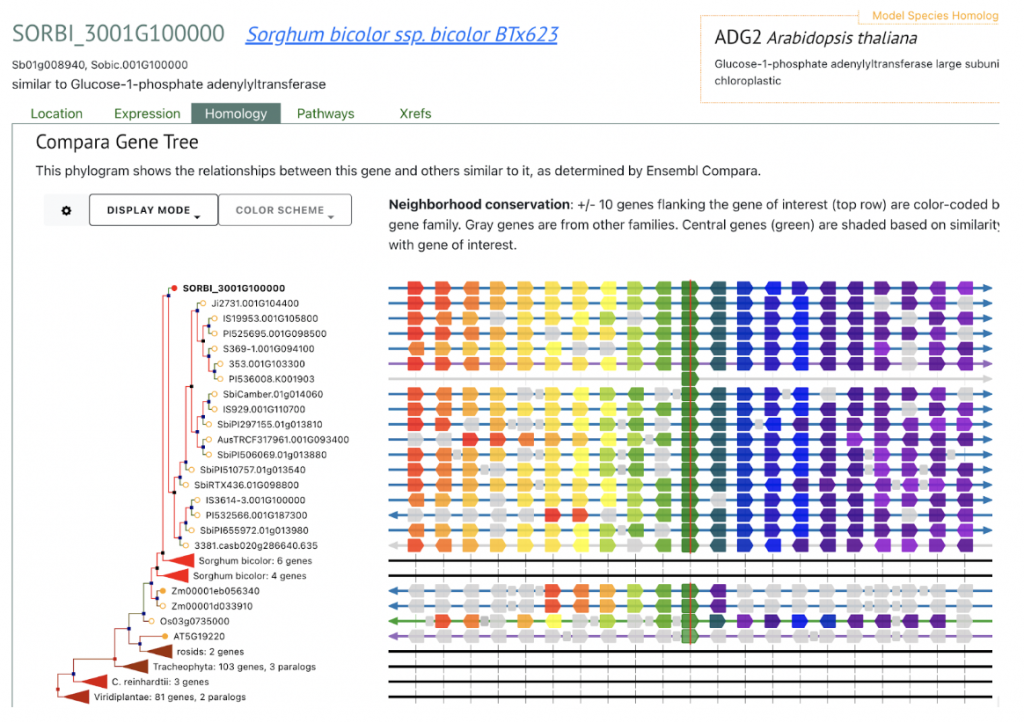Starch composed over 80 percent of the total dry matter weight in sorghum grains. As part of the staple diet of much of the global population plus its use in energy, pharmaceuticals, feed, and other areas. To expand the application of sorghum starch, a greater understanding of its structure is crucial. Kang and colleagues from Shandong Academy of Sciences and collaborating institutions used both sweet and waxy types of waxy inbred, and hybrid sorghum starch, widely planted in China, to “analyze the relationship between fine structure and physicochemical (thermodynamics and digestibility).” The researchers determined that the amylose content as well as the intermediate product made as amylopectin is chemically changed into amylose were higher in inbred sweet starch than in hybrid sweet starch while in waxy starch the hybrid version had higher levels. The researchers investigated the proportions of amylopectin A and B chain length distribution among hybrids and inbreds of both sweet and waxy varieties and discovered that hybrid starch (both sweet and waxy) had higher A-chains but lower B-chains when compared with inbred sweet and waxy starch. This result was corroborated through crystallographic analysis. The results of this study expand the understanding of the relationship between the molecular structure and composition of sorghum starch and its function and could aid in tailoring the use of sorghum starch to specific end uses.
SorghumBase Examples:


Reference:
Kang X, Zhu W, Xu T, Sui J, Gao W, Liu Z, Jing H, Cui B, Qiao X, Abd El-Aty AM. Characterization of starch structures isolated from the grains of waxy, sweet, and hybrid sorghum (Sorghum bicolor L. Moench). Front Nutr. 2022 Dec 13;9:1052285. PMID: 36583213. DOI: 10.3389/fnut.2022.1052285. Read more